What Constitutes Built-in Appliances
Rob F.
12 years ago
Featured Answer
Sort by:Oldest
Comments (14)
brickeyee
12 years agoRelated Professionals
Bull Run Architects & Building Designers · Arlington General Contractors · Artesia General Contractors · Binghamton General Contractors · Canandaigua General Contractors · Davidson General Contractors · Greenville General Contractors · Linton Hall General Contractors · Mira Loma General Contractors · Randolph General Contractors · Rotterdam General Contractors · San Bruno General Contractors · Seguin General Contractors · Sweetwater Interior Designers & Decorators · Washington Interior Designers & DecoratorsBilll
12 years agochisue
12 years agolazy_gardens
12 years agosylviatexas1
12 years agosweet_tea
12 years agoCarol_from_ny
12 years agobrickeyee
12 years agoc9pilot
12 years agobrickeyee
12 years agosylviatexas1
12 years agojane__ny
12 years agobrickeyee
12 years ago
Related Stories
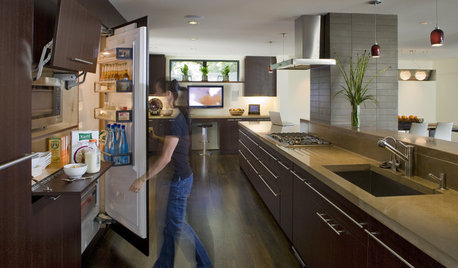
KITCHEN DESIGNHow to Choose and Use Ecofriendly Kitchen Appliances
Inefficient kitchen appliances waste energy and money. Here's how to pick and use appliances wisely
Full Story
KITCHEN DESIGNA Cook’s 6 Tips for Buying Kitchen Appliances
An avid home chef answers tricky questions about choosing the right oven, stovetop, vent hood and more
Full Story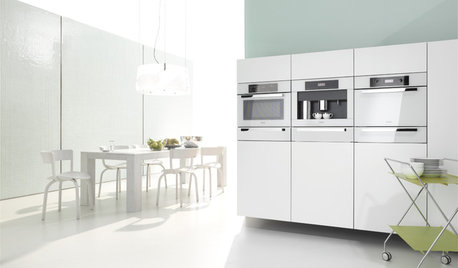
KITCHEN DESIGNWhite Appliances Find the Limelight
White is becoming a clear star across a broad range of kitchen styles and with all manner of appliances
Full Story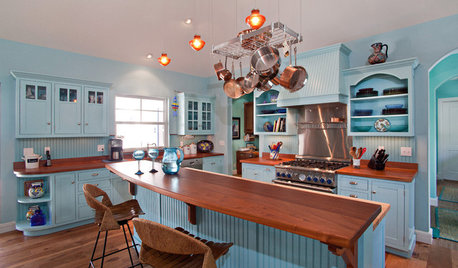
KITCHEN DESIGNHere's Help for Your Next Appliance Shopping Trip
It may be time to think about your appliances in a new way. These guides can help you set up your kitchen for how you like to cook
Full Story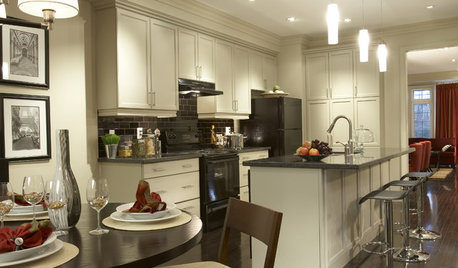
KITCHEN DESIGNCabinet Colors for Dark Appliances
See how to make your black kitchen appliances blend in and look great
Full Story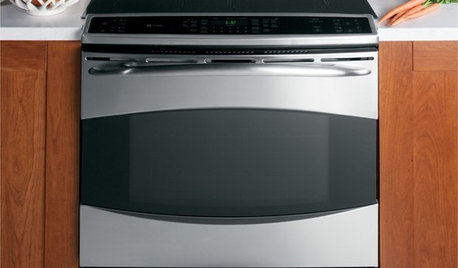
KITCHEN DESIGNHow to Choose Kitchen Appliances for Universal Design
Accessibility and safety features for kitchen appliances let everyone in on the cooking fun
Full Story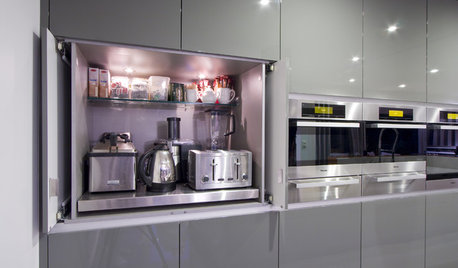
KITCHEN DESIGNThe Best Places to Stash Small Kitchen Appliances
Tucked-away places like nooks, pantries and dedicated cabinets keep your kitchen gadgets handy but out of the way
Full Story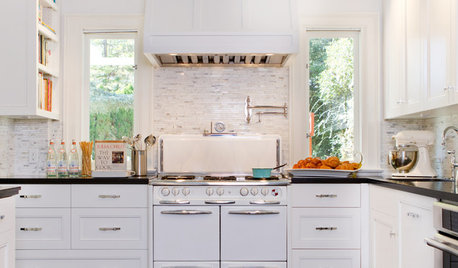
VINTAGE STYLERevel in Retro With Vintage and New Kitchen Appliances
Give your kitchen old-fashioned charm with refrigerators and stoves that recall yesteryear — even if they were made just yesterday
Full Story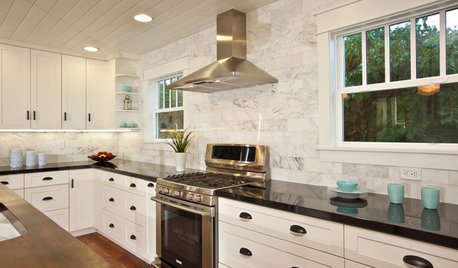
KITCHEN DESIGNHow to Pick Your Important Kitchen Appliances
Find the ideal oven, refrigerator, range and more without going nutty — these resources help you sort through your the appliance options
Full Story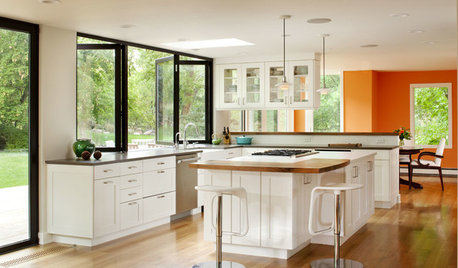
KITCHEN DESIGNDetermine the Right Appliance Layout for Your Kitchen
Kitchen work triangle got you running around in circles? Boiling over about where to put the range? This guide is for you
Full Story





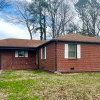
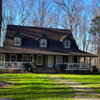
cas66ragtop